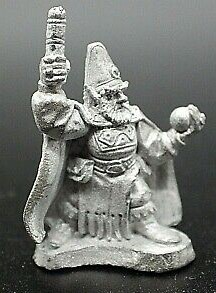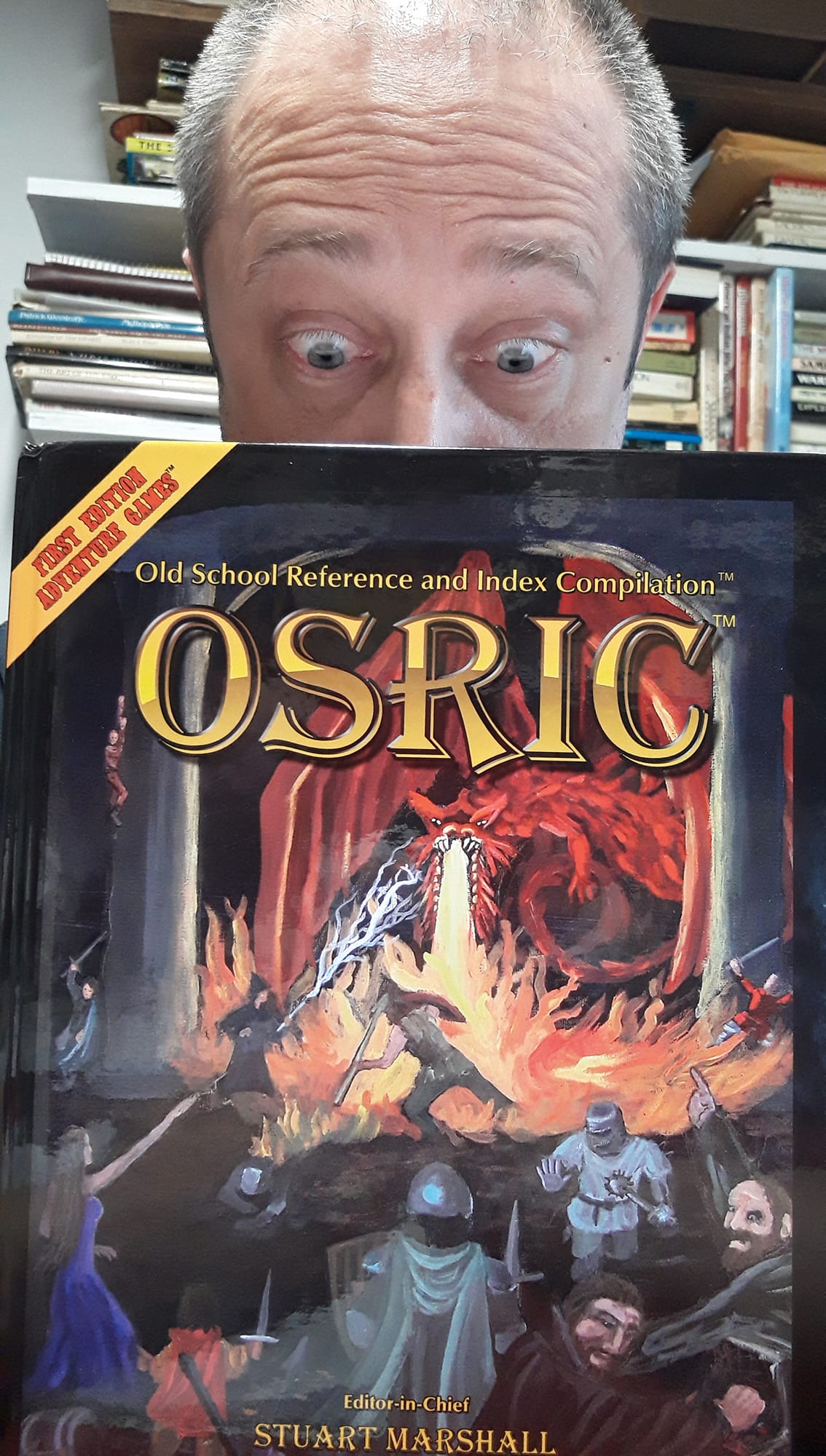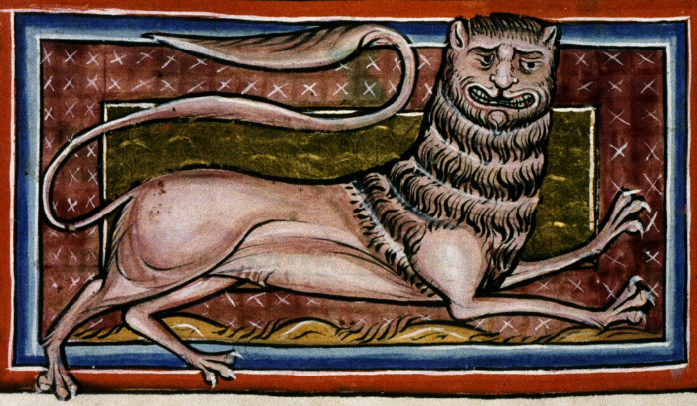OSRIC & Ability Scores
OSRIC starts the process of creating a character with ability scores. Some talk of methods for generating ability scores ensues. One can be “truly brutal” and roll 3d6 in order for the six scores. One can be less brutal, allowing scores to be arranged to suit player taste or allowing 4d6 (drop the lowest die result) instead of 3d6. Players familiar with AD&D likely recall the many different methods suggested in the rules.
As for me, I like players getting to play want they want to play. Once I joined a 2E AD&D group while stationed in Hawaii, and I really wanted to play a bard. I’d never played a 2E bard, and it looked interesting. So, I rolled the dice, and quickly realized that bard was not an option because I’d failed to generate a high enough Charisma. Bummer. So, I played a thief who wanted to be a bard, and spent his nonweapon proficiency slots accordingly. It was still fun, but it wasn’t really what I was looking for.

Should I decide to run OSRIC, this is the ability score method I’m leaning toward:
- Pick a race and class. Note the minimum and maximum ability scores for both.
- Roll 3d6 in order, assigning the results to the six ability scores.
- Look at the race and class ability score notes. Anything that isn’t high enough, raise it to the minimum. Anything that is too high, lower it to the maximum.
So, what might this look like?
Well, let’s say I want to play a gnome illusionist, the illusionist part being a class notoriously hard to qualify for due to its high Dexterity and Intelligence minimums. I make note of the relevant mins and maxes:
Gnome Minimums/Maximums: STR 6/18, DEX 3/18, CON 8/18, INT 7/18, WIS 3/18, CHA 3/18
Illusionist Minimums: STR 6, DEX 16, INT 15, WIS 6, CHA 6
Next I roll 3d6 six times. These are the results:
Unadjusted Ability Scores: STR 12, DEX 10, CON 12, INT 8, WIS 7, CHA 8
I compare these results to the race and class requirements, changing them as indicated, to get these ability scores. I bold-faced the changes for ease of reference.
Adjusted Ability Scores: STR 12, DEX 16, CON 12, INT 15, WIS 7, CHA 8
Tada! I now have a gnome illusionist who, due to his Dexterity and Intelligence both being under 17, is currently limited to 5th level. Perhaps making him an illusionist/thief would be a good idea?



